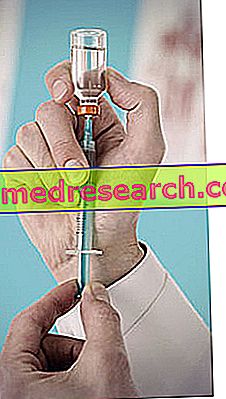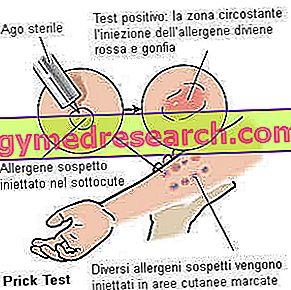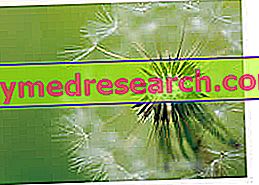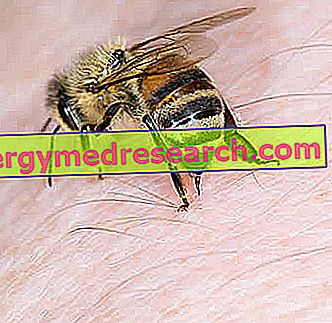Symptoms Allergic reactions vary from person to person and usually occur in the form of a skin reaction, conjunctivitis, rhinitis or asthma. The first thing to do, in case of suspicion that our pets cause an allergy, is to consult a doctor, who will be able to verify if they actually constitute the cause of allergic symptoms
Category allergies
Generality In susceptible people, contact with cats, dogs and other domestic animals can trigger a violent hypersensitivity reaction of the immune system, which mainly affects the respiratory tract. In particular, the allergy to domestic animals is triggered by exposure to all the protein components ( allergens ) contained in fallen hair, flakes of dead skin, saliva or urine
Symptoms Allergic reactions vary from person to person and usually occur in the form of a skin reaction, conjunctivitis, rhinitis or asthma. The first thing to do, in case of suspicion that our pets cause an allergy, is to consult a doctor, who will be able to verify if they actually constitute the cause of allergic symptoms
Generality Pet allergies are a common cause of dry throat, conjunctivitis, rhinitis, asthma and skin reactions. Animal allergens capable of triggering an allergic reaction are present in many substances - saliva, flakes of dead skin, sebaceous glands and urine - produced by the animal. The hair is therefore not the primary cause of allergy, but constitutes one of the vehicles capable of favoring contact with the allergen
Pollen allergy and corticosteroid anti-inflammatory drugs Corticosteroid anti-inflammatories ( cortisone ) have a dual action. On the one hand, these drugs inhibit the production of inflammation mediators, and on the other they increase the activity of the cells of the immune system: therefore they act both as anti-inflammatories and as enhancers of the defense system
What is pollinosis? Pollinosis requires, first of all, the identification of the pollen allergen to which the subject is sensitive. The characterization of this antigen is obtained through a careful diagnostic investigation (etiological and symptomatic approach). Pollen allergy management can be tackled with different therapeutic options, indicated by the doctor based on the predominant clinical expression in the patient and the severity of the disease
Molds and Allergies Molds are a type of multicellular fungi, which can proliferate in different places and surfaces. The spores, with which they usually reproduce, can trigger an allergic reaction with persistent respiratory symptoms or limited to the summer - autumn season. These allergenic particles are smaller than those of pollen and, like these, can be easily carried by the wind
Allergy to pollen Pollinosis is an allergic disease caused by the inhalation of antigenic pollen, transported by air currents even at considerable distances from the places where they are produced. The most common symptoms are rhinitis, conjunctivitis and sometimes bronchial asthma. Pollen allergy has a typically seasonal course
Allergy to pollen Pollinosis is an allergy with a typical seasonal recurrence. The allergic reaction that traces it is stimulated and induced by pollens that possess peculiar characteristics: they are harmless to most subjects, cause of allergy for a small slice of the population. The pollen grains, which settle on the mucous membranes of the respiratory tract , quickly release their contents: if some components are present with allergenic activity, and if the subject is an allergopathic towards these substances, an interaction between pollen allergens and IgE present on the surface of mast cel
Introduction The allergic reaction caused by the inhalation of the pollens occurs with seasonal recurrence, in correspondence with the period of pollination characteristic for each species responsible for the allergy. For this reason, the patient must know what are the pollen antigens that make it susceptible, where the plants that produce them are located in the territory and what are the allergic consequences that can derive from it
Generality A bee sting is an occurrence that must be considered especially in the summer months. Close contact with the sting this insect can cause different consequences, ranging from temporary local pain to severe allergic reaction (anaphylactic shock). Bees use the puncture as a defense mechanism : these insects can use their sting to inject the substances contained in their poison bag , in order to protect the hives










